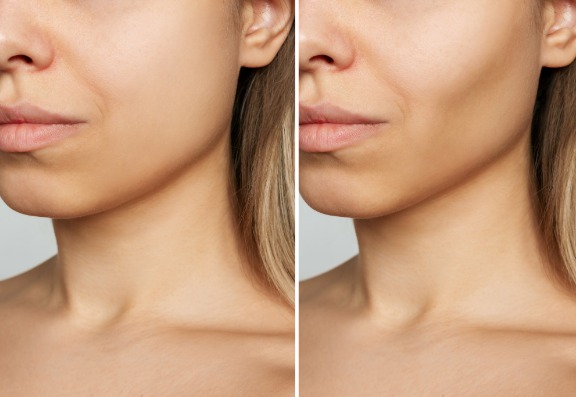

If you want to read more, the experts at Consulting Room really know what they're talking about and have put together some fat, botulinum toxin, botox, facelift and laser treatments FAQs just for you.
If you have more questions, you can use the fat, botulinum toxin, botox, facelift and laser treatment questions feature to talk to our panel of trained medical experts.
If you're keen to get started with any of these treatments right away then you're in luck - those clever folks also have a list of trusted, accredited fat, botulinum toxin, botox, facelift and laser treatment clinics in your area.
Snatched faces stole the show at the Bezos-Sanchez wedding, but not everyone wants the surgical route to sculpted…
From makeup use to mental health impacts, the gender divide in beauty expectations is still very real. Here's what the latest research says—and why it’s time to shift the narrative.
Struggling to manage PCOS through diet? The weight loss experts break down the best foods to support hormone balance, weight management, and overall wellbeing.
Hey, wait!
Before you go.....
Let's stay in touch, pop your details here and we'll send our editor's hand-picked updates on your fave subjects.